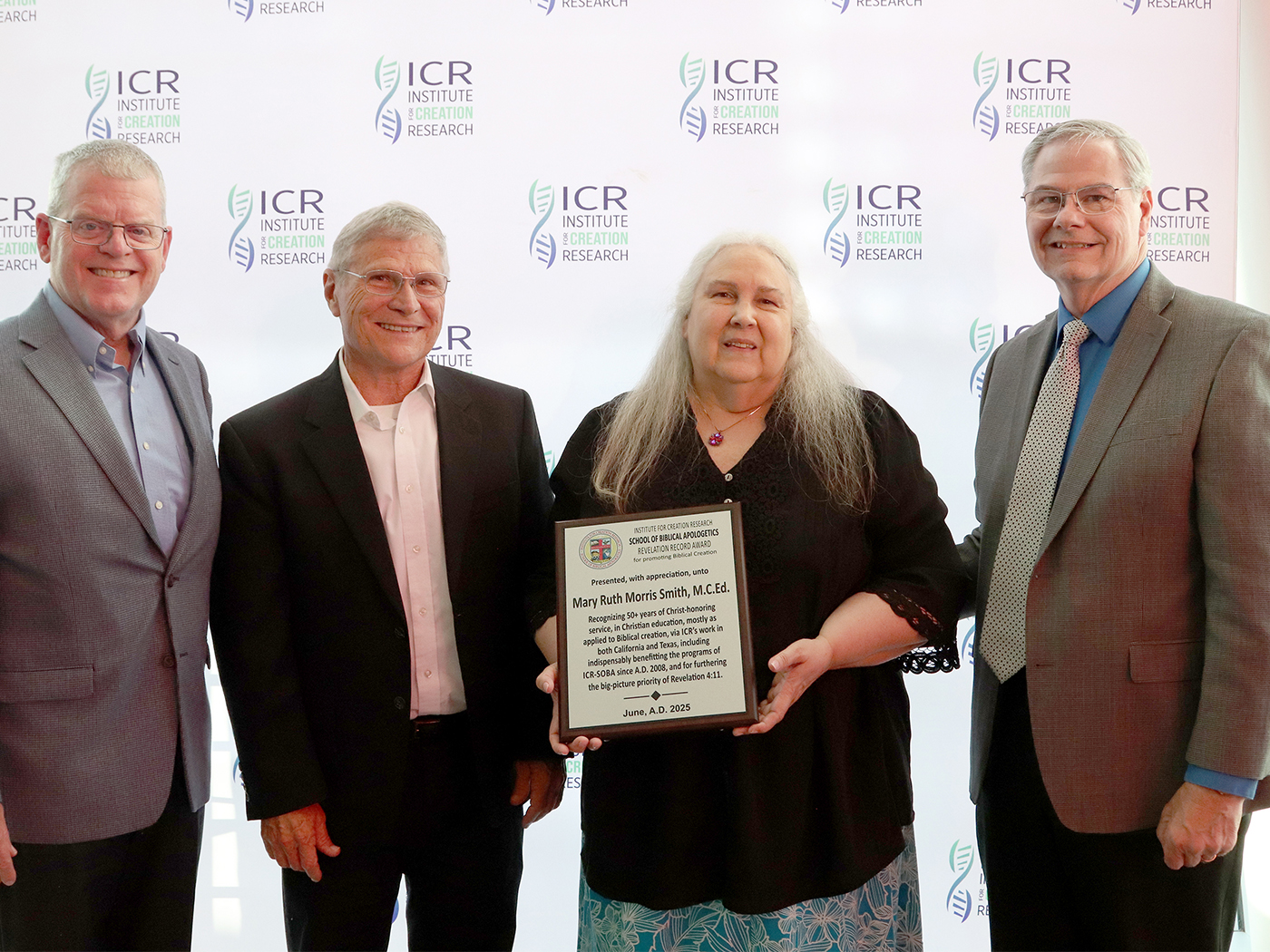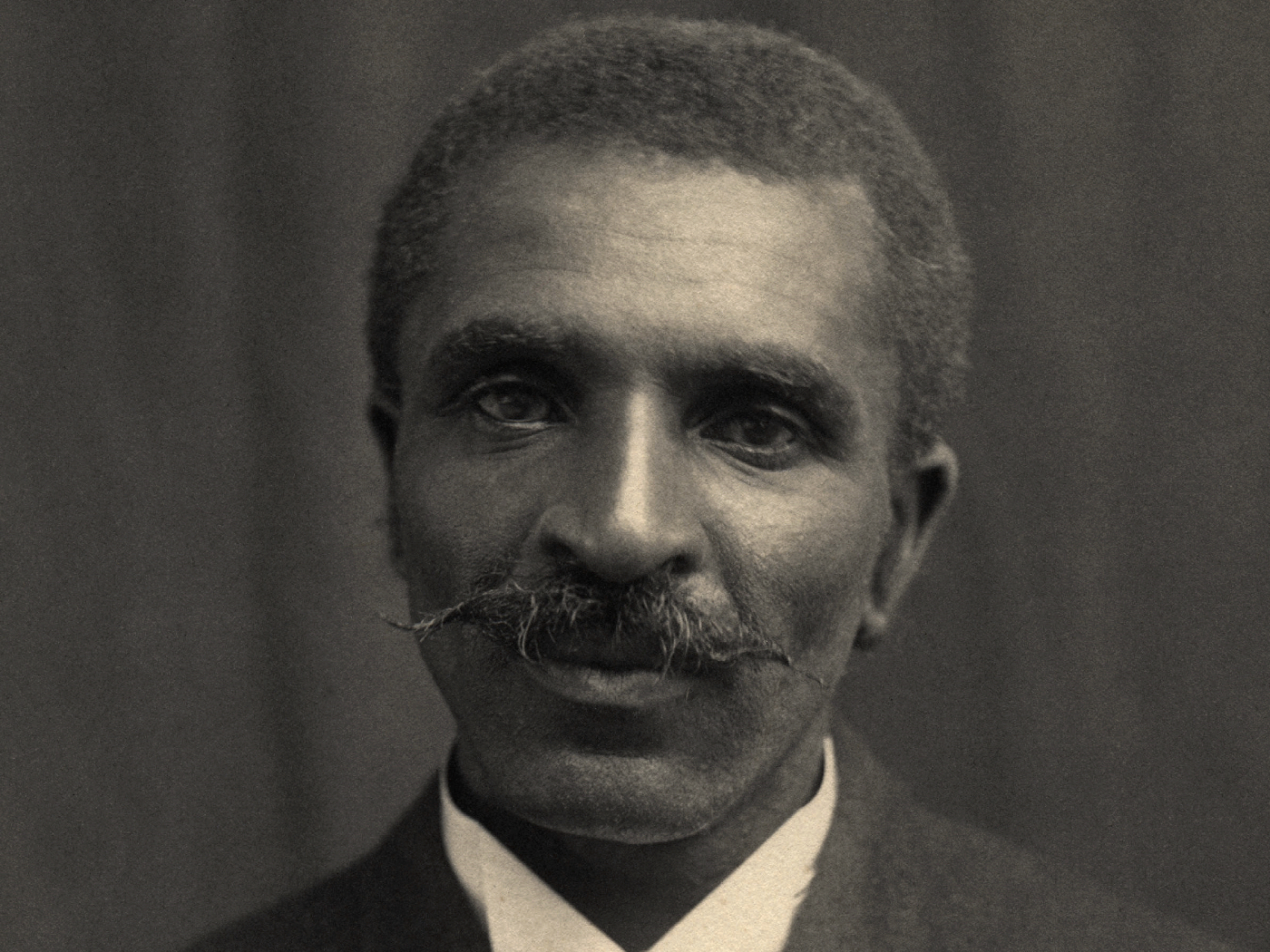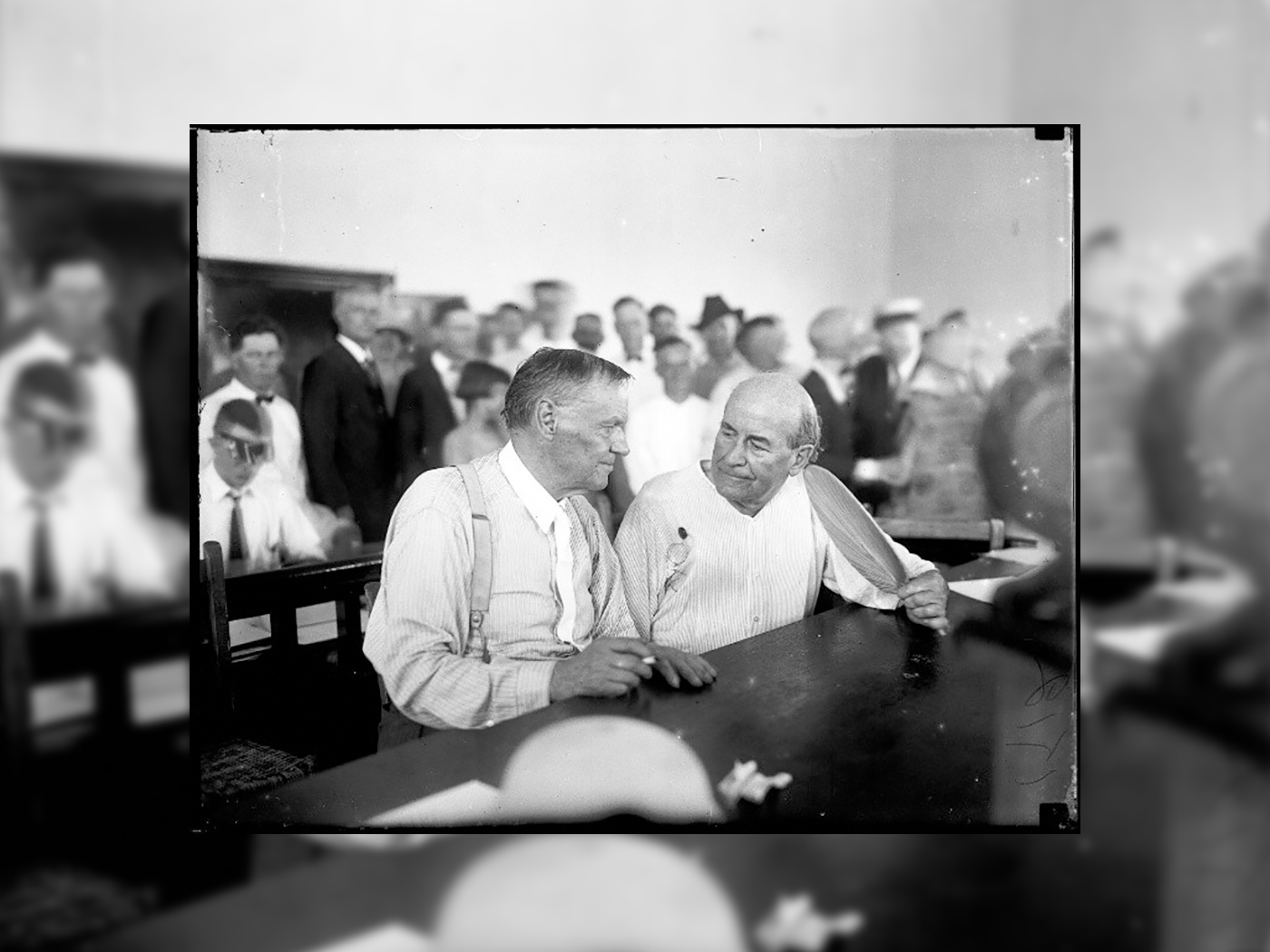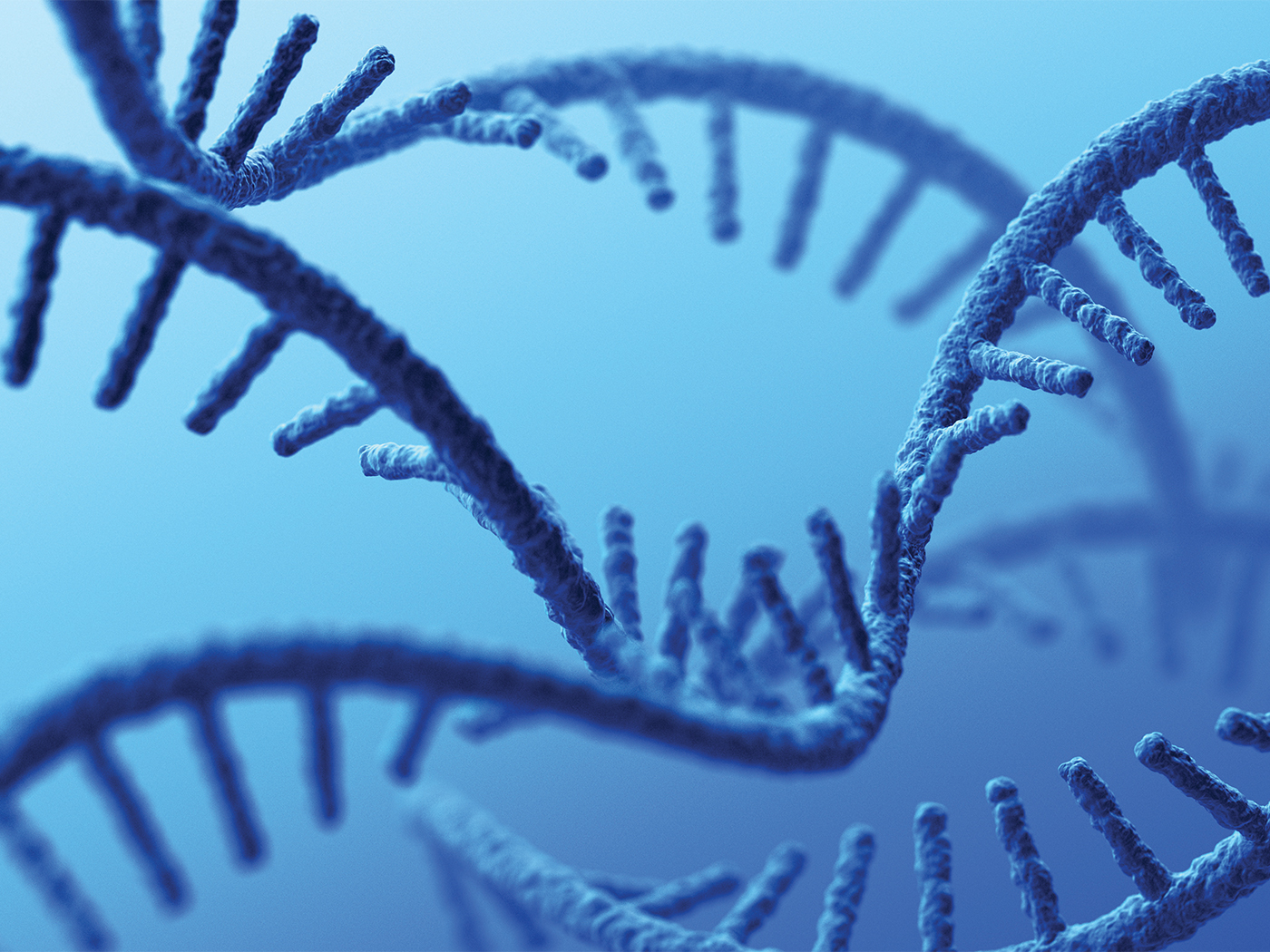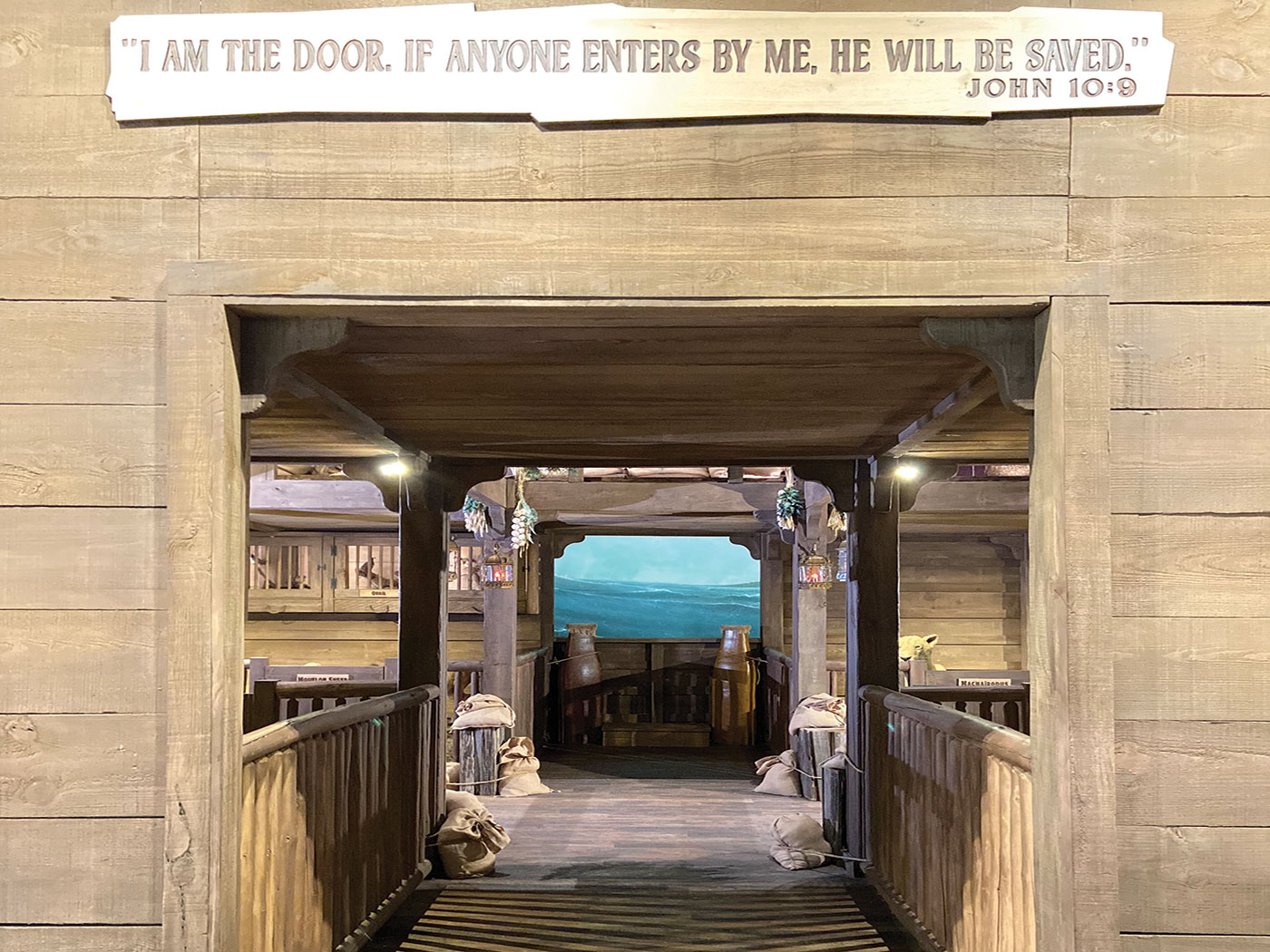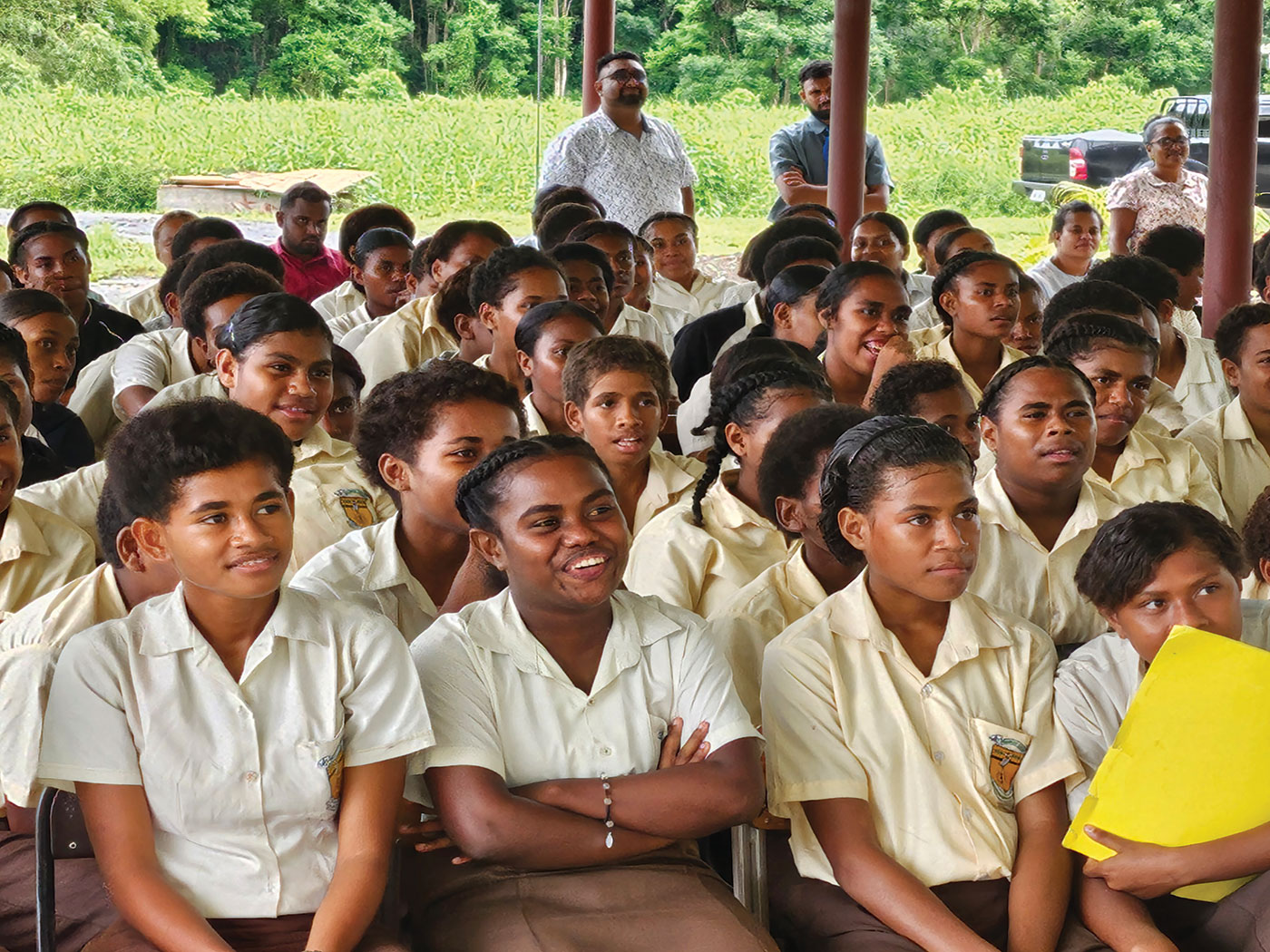Our scientific forefathers thought of germs as simple living things. They were oh, so wrong. Apparently, when it comes to living things, small does not mean simple. Two new discoveries about germs that live in or on human bodies take microbe ingenuity to a new level.
In one report published in PLOS Pathogens, researchers under the direction of Luisa Hiller at Carnegie Mellon University decoded a germ’s molecular message.1 Pneumococcus2 bacteria can live happily in your throat until they decide to unite. When they build walled colonies, they can cause pneumonia.
But they can’t construct their mucous shield without first discussing their plan. Bacteria talk.
Hiller’s lab is compiling the first bacterial dictionary. Lead author of the PLOS Pathogens paper, Surya Aggarwal, described the chemical word encoded in a peptide he named BriC. Essentially, BriC carries the message, “Make more biofilm.” The cells typically speak this word to one another in a growth stage called competence. During competence, neighboring cells open their chemical doors and can even exchange genetic instructions.
The Biological Sciences lab at Carnegie Mellon found another surprise. MCS News wrote, “In a final twist, the researchers also found that bacteria may also be making semantic changes to their words.” The bacteria can make BriC outside of competence, make more BriC, and make it more often. What are the odds that chance-based processes coordinated three adjustments to enhance biofilms?
A second find shocked its discoverers. Every day, human gut bacteria can transport electrons outside of their cells. Here’s why that impresses.
Scientists have long known that some bacteria in mineral-rich environments transport individual electrons to outside minerals like iron oxide. For example, they use iron oxide as an electron acceptor to keep their vital energy processes moving along. But scientists had pigeonholed these mineral-based bacteria as the only ones capable of moving electrons outside of themselves. The discovery that the common gut bacteria Listeria monocytogenes do it too jolts the mind.
We don’t eat iron oxide, so what accepts electrons inside our guts? The species-specific layering of intestinal bacteria comes to mind. Each layer contributes its own expertise to nutrient processing. One layer discusses its needs with gut cells. Another layer coordinates its receivables and deliverables as nutrients pass (or don’t pass) through the gut.3 Could these bacteria transfer electrons and coded messages to one another?
A Nature summary said,
Common gut bacteria reflect expertise in linguistics and electricity. In other words, they reflect the work of a genius. ![]()
The idea that free-living microscopic cells contain enough molecular precision to manage individual electrons boggles the mind. Human engineers dream of harnessing such miniaturized manipulators, and the same goes for the precise chemical languages these bacteria speak. The origin of bacteria’s shocking ability to transfer these electrons to neighboring microbes in a coordinated effort to thrive far exceeds what nature alone could accomplish. It points toward design.5 Like those bacteria that transfer electrons through protein nanowires in sea-floor mud,6 common gut bacteria reflect expertise in linguistics and electricity. In other words, they reflect the work of a genius.
References
1. Aggarwal, S. D. et al. 2018. Function of BriC peptide in the pneumococcal competence and virulence portfolio. PLOS Pathogens. 14 (10): e1007328
2. Steptococcus pneumoniaae.
3. Anderson, K. L. 2003. The complex world of gastrointestinal bacteria. Canadian Journal of Animal Science. 83 (3): 409-427.
4. Cahoon, L. A., and Freitag, N. E. 2018. The electrifying energy of gut microbes. Nature. 562 (7725): 43-44.
5. Bacteria and sorghum roots offer another recent example of this cross-talk for mutual benefit. See Guliuzza, R. Sorghum and Bacteria Cooperative Design. Creation Science Update. Posted on ICR.org October 16, 2018, accessed October 16, 2018.
6. Thomas, B. Bacteria Share Metabolism through Nanowires. Creation Science Update. Posted on ICR.org March 10, 2010, accessed October 16, 2018.
*Brian Thomas is Science Writer at the Institute for Creation Research.







